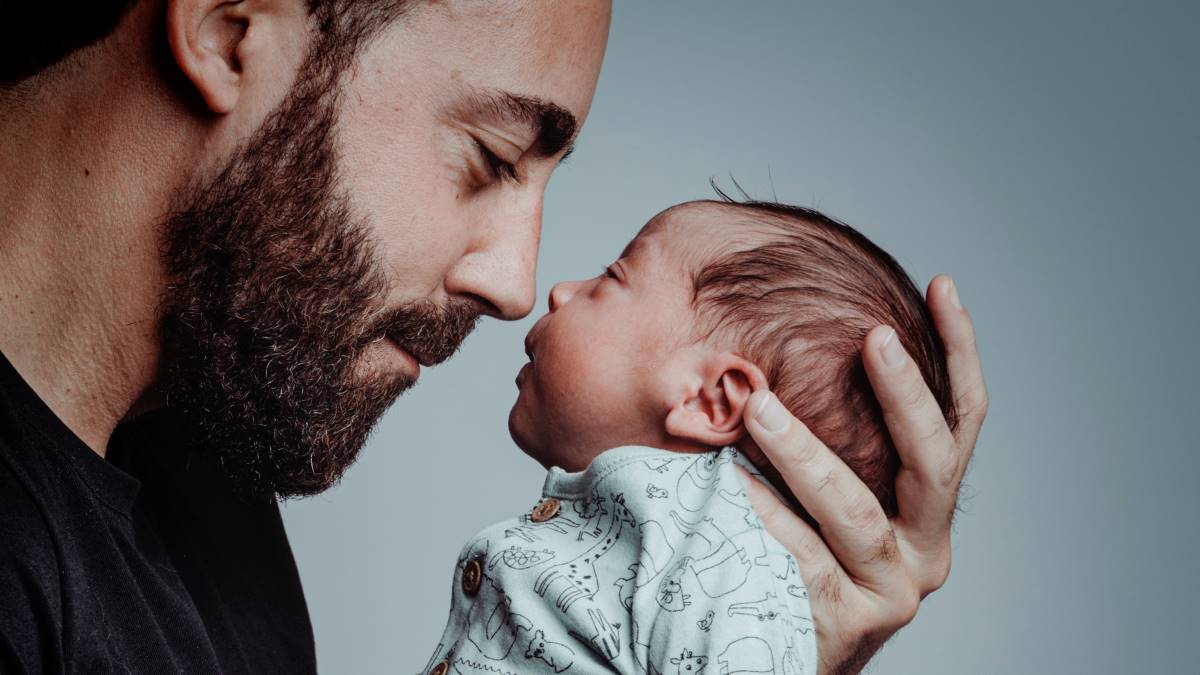Understanding the process of applying for maternity leave in the UK is essential for expectant mothers looking to balance the arrival of a new family member with their professional life. This guide provides a comprehensive overview of the maternity leave application process, detailing your entitlements to time off and maternity pay. Learn how to apply for maternity leave to secure your maternity benefits, making this life-changing experience as seamless as possible.

What Is Maternity Leave?
Maternity leave is a period of absence from work granted to a mother before and after the birth of her child. It allows the mother to take time off to care for her newborn, recover from childbirth, and adjust to the new responsibilities of parenthood.
You may also benefit from company maternity schemes, which are policies set up by employers to provide additional benefits beyond government requirements. These can include enhanced maternity pay, extended leave, flexible return-to-work options, childcare support, and supportive policies. Check your company’s policy handbook for details on what’s available.
Fathers in the UK are also entitled to paid paternity leave. Be sure to look into this to make sure your family receives all the help it needs.
How Long Is Maternity Leave UK?
As you prepare for the arrival of your baby in the UK, it’s important to know you’re entitled to up to 52 weeks of Statutory Maternity Leave (and up to 39 weeks of Statutory Pay) to give you ample time to care for your newborn. This period of 52 weeks is split into two parts:
- Ordinary Maternity Leave (the first 26 weeks)
- Additional Maternity Leave (the second 26 weeks)
You have the flexibility to choose how much of this time you wish to take, but you must take a minimum of 2 weeks after the birth (or 4 weeks for factory workers) to ensure you and your baby’s well-being.
You could extend your maternity leave for another 18 extra weeks with unpaid parental leave. You can learn more about it here.
When Does Maternity Leave Start?
The earliest the maternity leave starts is 11 weeks before the baby is due. Additionally, maternity leave can begin the day after birth, if the child is born prematurely, or straight away if you are off work due to a pregnancy illness 4 weeks before the due date.
Who Can Apply for Maternity Leave in the UK?
Eligibility is not based on the length of service, the number of hours a person works, or their earnings. To be eligible for maternity leave in the UK you must:
- Be an employee and not self-employed or a freelancer
- Give the correct notice to your employer (15 weeks before your baby’s due date).
Unfortunately, some families are faced with the terrible situation of losing their child. In these cases, they can still get Statutory Maternity Leave and SMP. To qualify their baby must have been stillborn (after the start of the 24th week of pregnancy) or dead after being born.
What Is Statutory Maternity Pay?
Statutory Maternity Pay (SMP) is a key financial support for employees in the UK taking maternity leave. If you’re expecting a baby and you work as an employee, SMP helps ensure you have a steady income while you’re off work caring for your newborn.
Am I Entitled To Maternity Pay?
To qualify for Statutory Maternity Pay (SMP), you must meet some extra conditions:
- Earn a minimum of £123 per week
- Provide the correct notice and proof of pregnancy (it could be a letter from the doctor, the NHS midwife, or the MATB1 certificate)
- Have worked continuously for at least 26 weeks by the 15 week before the expected date of delivery
If you do not meet the requirements for SMP, you may still be able to get some financial support. Read our article to find out how to apply for Maternity Allowance.
How Much Is Statutory Maternity Pay?
SMP is payable for up to 39 weeks of the 52 weeks of Maternity Leave. During SMP you receive:
- 90% of your weekly salary in the first six weeks
- £172.48 or 90% of your weekly wage (whatever figure is lower) for the following 33 weeks.
If you are expecing your first child, you may also be interested in learning how to get £500 with the Sure Start Maternity Grant.
When Does Statutory Maternity Pay (SMP) Start?
Statutory Maternity Pay (SMP) typically starts around 11 weeks before the expected week of childbirth. Pay maternity may also start automatically if you are off sick 4 weeks before the baby is due to a pregnancy-related illness.
How To Apply for Statutory Maternity Pay?
You must arrange this with your employer. It would be best to give at least 28 days’ notice before you wish to stop working and start claiming maternity pay. Within 28 days, the employer will confirm in writing the start and end dates along with the payments you’ll receive.
Financial Peace of Mind While You Are Off Work
Understanding your rights and the benefits available is crucial in planning this special time with your new arrival. Remember, this period is mainly about embracing the opportunity to bond with your child and adapt to your expanding family. So, as you prepare to return to work or explore new beginnings, know that the choices you make are about finding the best balance for you and your loved ones.
FAQ
How Is Maternity Leave Paid?
Statutory Maternity Pay is reimbursed in the same way as your regular wages.
Do You Get Taxed on Maternity Pay?
Yes. National Insurance and tax contributions are taken from the payment. You can check your maternity pay entitlements using this maternity pay calculator.
Do You Pay Student Loan on Maternity Leave?
Yes. If you are receiving Statutory Maternity Pay (SMP) or Maternity Allowance, you must repay your student loan when your income exceeds the student loan repayment threshold for your plan. Your employer will deduct repayments from your SMP, or you’ll make repayments directly to the Student Loans Company if you’re on Maternity Allowance.
What Benefits Can I Claim on Maternity Leave?
You may still be eligible for other benefits while on maternity leave and pay. Check out whether you qualify for the various benefits schemes the UK government offers (such as Universal Credit, Child Tax Credit, and Working Tax Credit) to ensure you get all the help you need.
What Are My Options After Maternity Leave Ends?
After maternity leave ends, your options include returning to your job, requesting flexible working arrangements, considering a career break, or exploring new job opportunities if you decide not to return to your previous employment.





